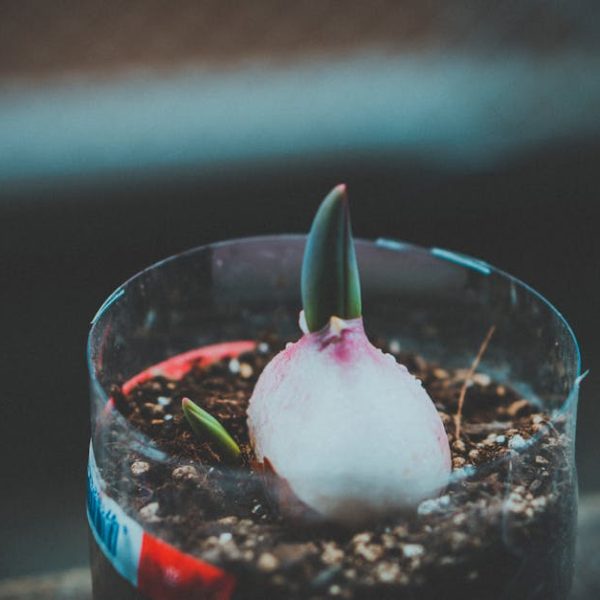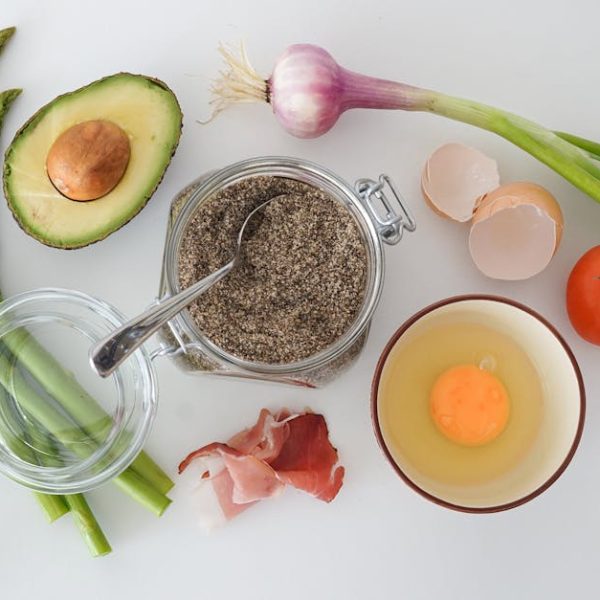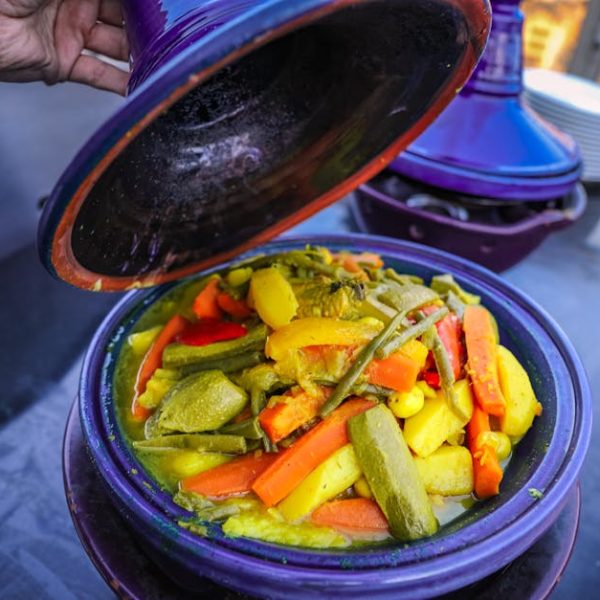An invaluable addition to countless dishes worldwide, ginger is celebrated for its distinctive taste and myriad health benefits. However, like all fresh produce, ginger doesn’t have an indefinite shelf-life. Recognizing the indicators of spoiled ginger is essential to prevent ingesting spoiled food and ensure your meals taste their best.
Appearance of Mould on the Ginger Surface
Ginger is susceptible to mould growth, just like any fresh produce. The mould generally appears as fuzzy spots. As the condition worsens, these fuzzier spots may grow larger and change the ginger’s color into green, white, or even blueish hues. The texture of the ginger may change and become softer, more brittle. The mould may even penetrate into the flesh of the ginger, causing an internal color change.
Tip: Regular inspections are essential to detect early mould growth. If only a small part of the ginger root has started to mold, it’s sometimes possible to salvage a section of the root that remains unaffected.
Darker Color Spots on the Ginger Root
Healthy ginger roots are a vibrant golden yellow. If you notice dark spots appearing on the root, it’s a clear sign the ginger is going bad. These discolored spots often indicate rot, which might make the ginger unfit for consumption.
List:
To inspect the ginger root successfully:
- Look for dark patches on the surface of the ginger.
- Check whether these patches are soft or squishy to the touch; rotting ginger becomes softer over time.
- Smell the ginger: a strong, unpleasant odor can indicate rotting.
Unpleasant, Pungent Smell
Fresh ginger is recognized by an aromatic, peppery scent. If the ginger gives off a pungent, unpleasant smell, chances are, it’s starting to spoil. A stale, musty, or sour smell is a clear sign that the ginger is past its best.
Pro tip: Ginger’s shelf life can be extended by storing it properly. Keep unpeeled ginger in a cool, dark place, or store it in an airtight container in the refrigerator.
Soft and Mushy Texture
When ginger goes bad, it loses its firmness and becomes soft. Fresh ginger should be firm and crisp. If the ginger feels mushy or fibrous, it has started to deteriorate.
Best practice: Store the ginger root in the refrigerator in a plastic bag with the air squeezed out. This will keep the root moisture-free and extend its shelf-life.
Shrivelled and Wrinkly Skin
A fresh ginger root should have a smooth and shiny skin. When ginger starts to go bad, it becomes dehydrated, which causes the skin to become wrinkly and shrivelled. If the ginger skin has shrunk, feels thin, or flakes off easily, it’s time to count your losses and discard it.
Checklist: To assess the quality of the ginger’s skin:
- Inspect its overall appearance. The skin shouldn’t be wrinkled or shrivelled.
- Feel the texture. The skin should be smooth, not flaky or thin.
- Note the color. Any dark spots or patches indicate spoilage.
Changed Taste
One of the last ways to check if your ginger is fresh, before consuming it, is to taste it. Fresh ginger has a sharp, spicy flavor. If the ginger has an off taste, perhaps bitter or overly spicy, it could be a sign that it’s spoiled. Furthermore, if the taste doesn’t sit right with you, it’s always better to be on the safe side and discard the ginger.
Pro and Con: Using spoiled ginger may not only ruin the taste of your dish, but it could also potentially lead to food poisoning. While many of the symptoms would likely be mild (like stomach discomfort), it’s best to avoid ingesting spoiled food altogether.
Presence of Bugs or Insects
If you discover bugs or insects on your ginger root, it could be a clear indicator that it’s beginning to rot. Common pests that are found on spoiling ginger include fruit flies and pantry pests like beetles or weevils.
Comparison:
| Normal Occurrences on Ginger Root | Signs of Bug Infestation |
|---|---|
| Natural indentations or imperfections on the skin | Visible bugs or small holes in the ginger root |
| Brownish spots are preferable due to age or bruising | Signs of an unusual number of spots, potentially bug droppings or eggs |
| Slight earthy smell, especially when freshly harvested | Foul or unusually strong smell, indicating infestation or rotting |
Understanding these pointers helps ensure that the ginger added to your dishes is as fresh as can be. After all, great meals start with fresh ingredients. So keep these signs in mind, and you’re on your way to cooking delicious meals with the freshest ginger!
Key Takeaway:
- Ginger, like any fresh produce, can turn bad, exhibiting signs such as mold growth, darker color spots, unpleasant smell, soft and mushy texture, shriveled skin, change in taste, and even the presence of bugs or insects.
- Regularly checking ginger for any unusual changes, storing it properly and tasting before using can help to prevent the use of spoiled ginger.
- Ginger going bad can affect its color, smell, texture, and taste. If you notice any unusual changes in these aspects, it’s best to discard the ginger and avoid using it in your recipes.
As food lovers, it’s imperative to prioritize quality and freshness. Familiarizing yourself with the signs of spoiled ginger ensures you only use fresh and healthy ingredients. Don’t let fear of food going bad hold you back; these tips will enable you to utilize ginger to the fullest, enhancing the aromas and flavors in your cooking. Remember, your meals deserve the best ingredients.
FAQs
Q: Is it safe to cut off the moldy part and use the rest of the ginger root?
A: While it is sometimes safe to cut off the moldy part and use the rest, it’s better to be cautious. Mold can have invisible branches and roots that can penetrate deeper into the food, potentially causing health risks.
Q: Can I use ginger that has turned a little soft?
A: If the ginger is only a little soft but doesn’t exhibit other signs of spoilage like mold, unusual smell, or changed taste, it’s usually still safe to use.
Q: How can I extend the shelf life of ginger?
A: Storing ginger properly can help extend its shelf life. Keep it in a cool, dark place, or refrigerate it in an airtight container.
Q: Can I eat ginger that has dark spots on its skin?
A: Dark spots on the skin are often a sign of rot. It is best to avoid consuming any ginger that exhibits this sign or any other signs of spoilage.
Q: If my ginger tastes a bit different, should I still use it in my dish?
A: If you notice the taste of ginger is off, it’s better to avoid using it. Using spoiled ginger can ruin the taste of your dish and could potentially lead to food poisoning.
Share this article with your friends and fellow foodies, and explore more posts to help you in your culinary journey on our website!






